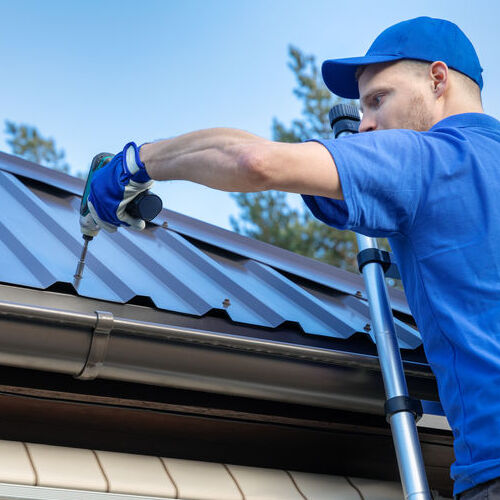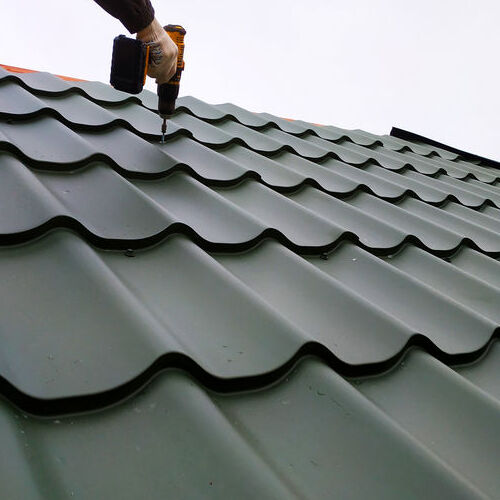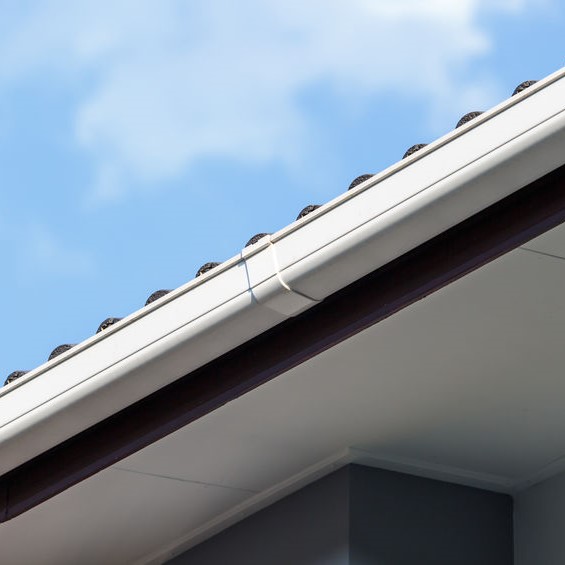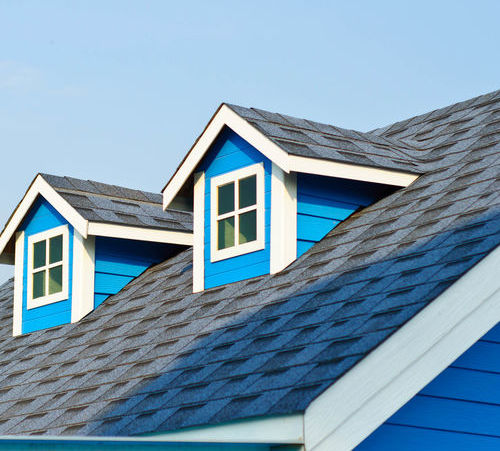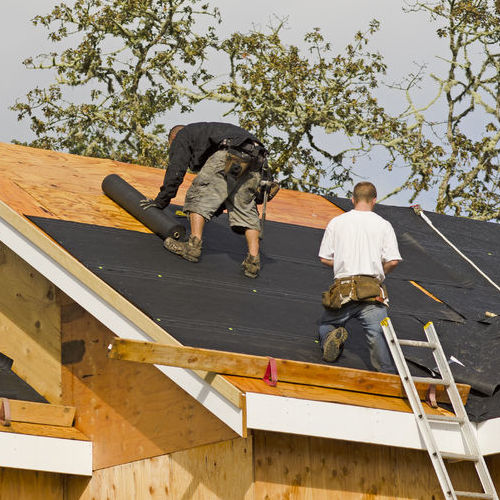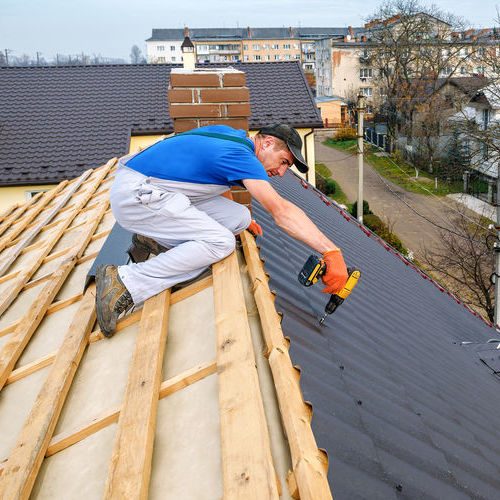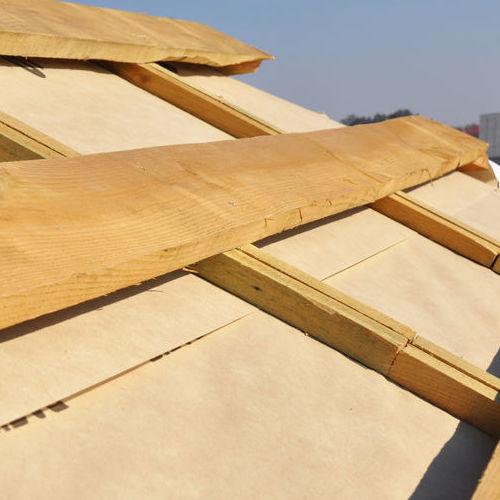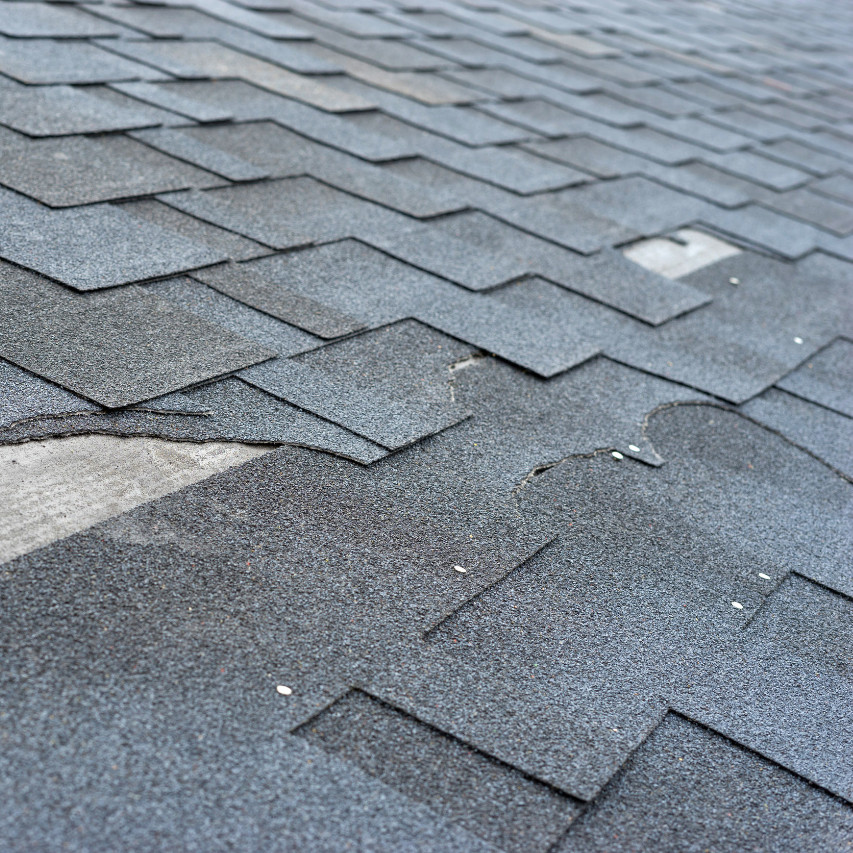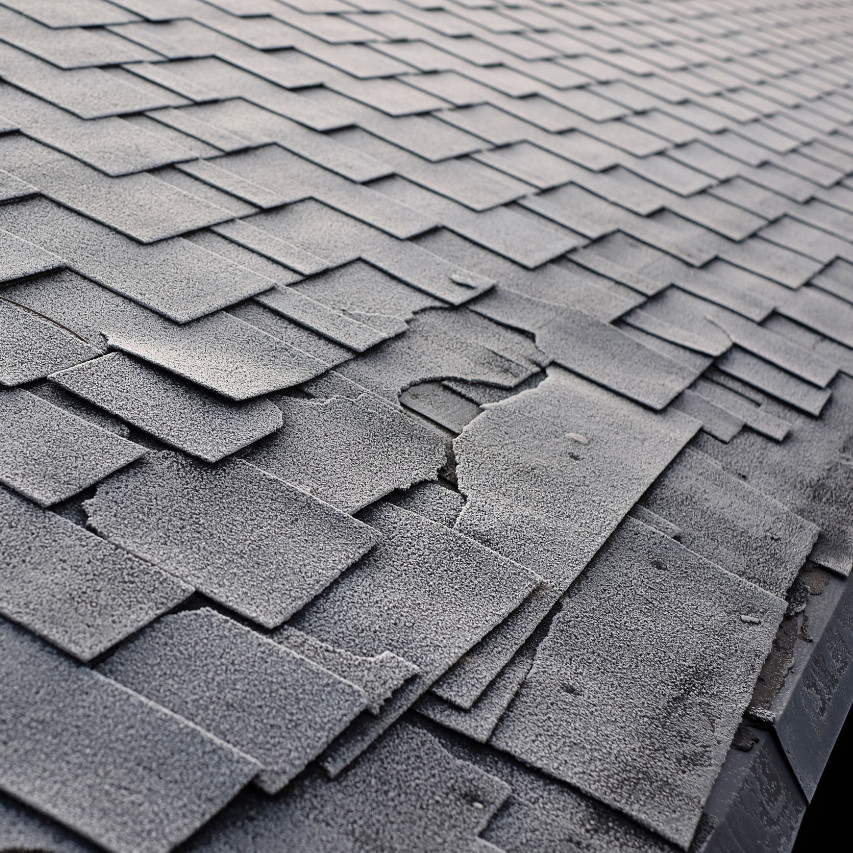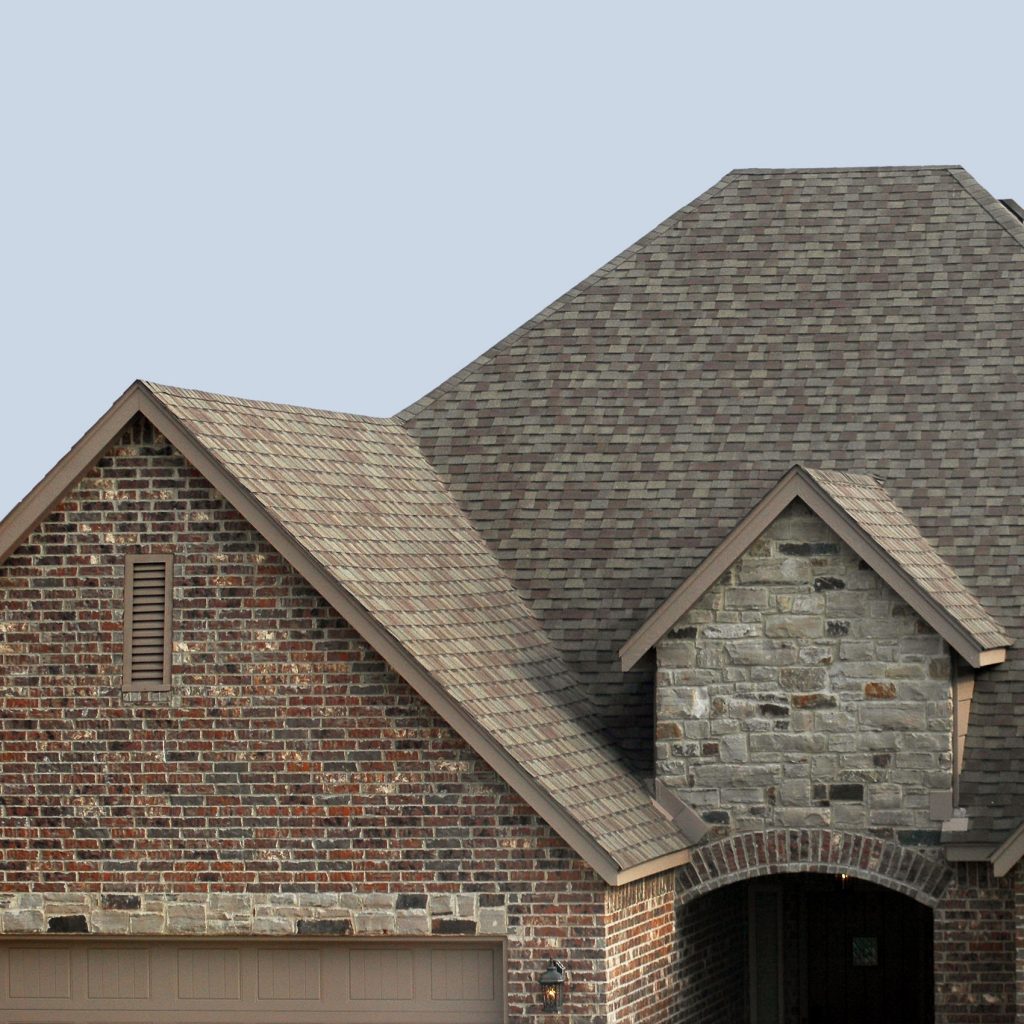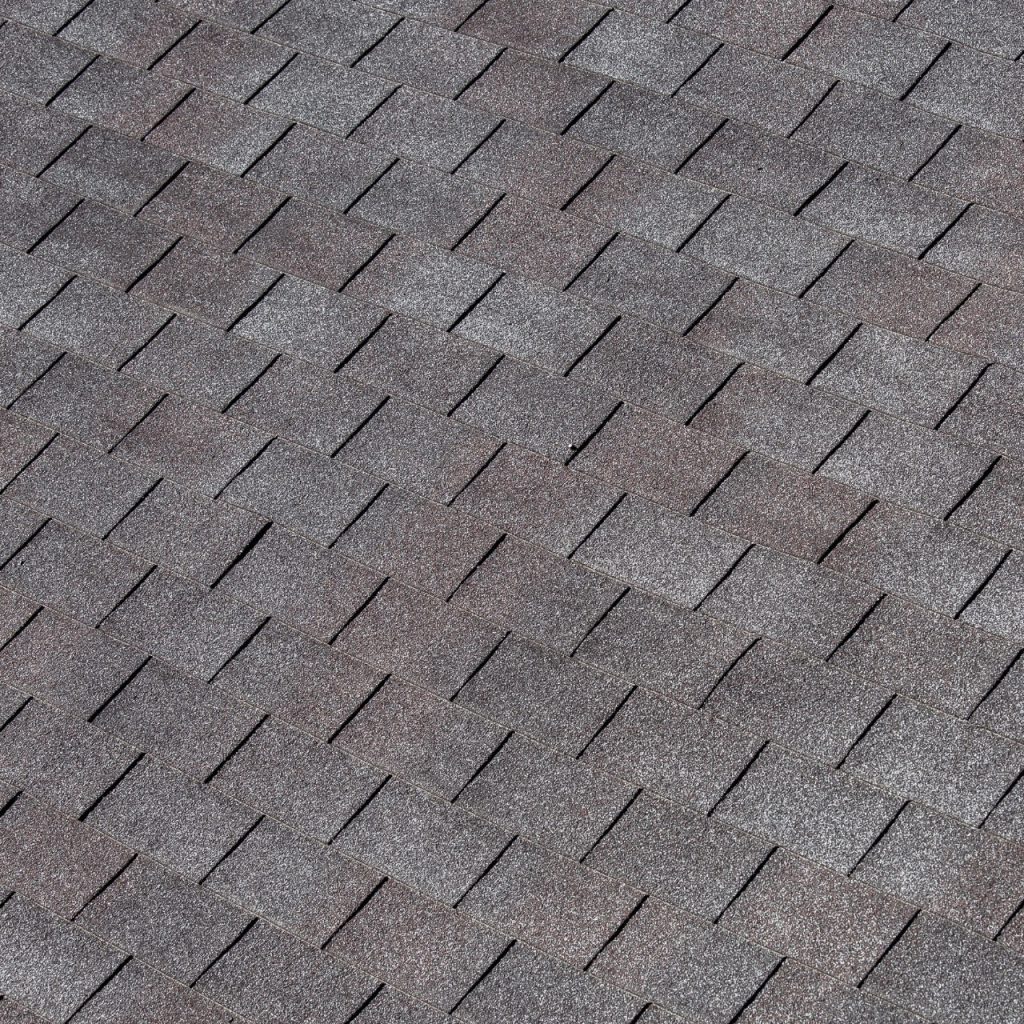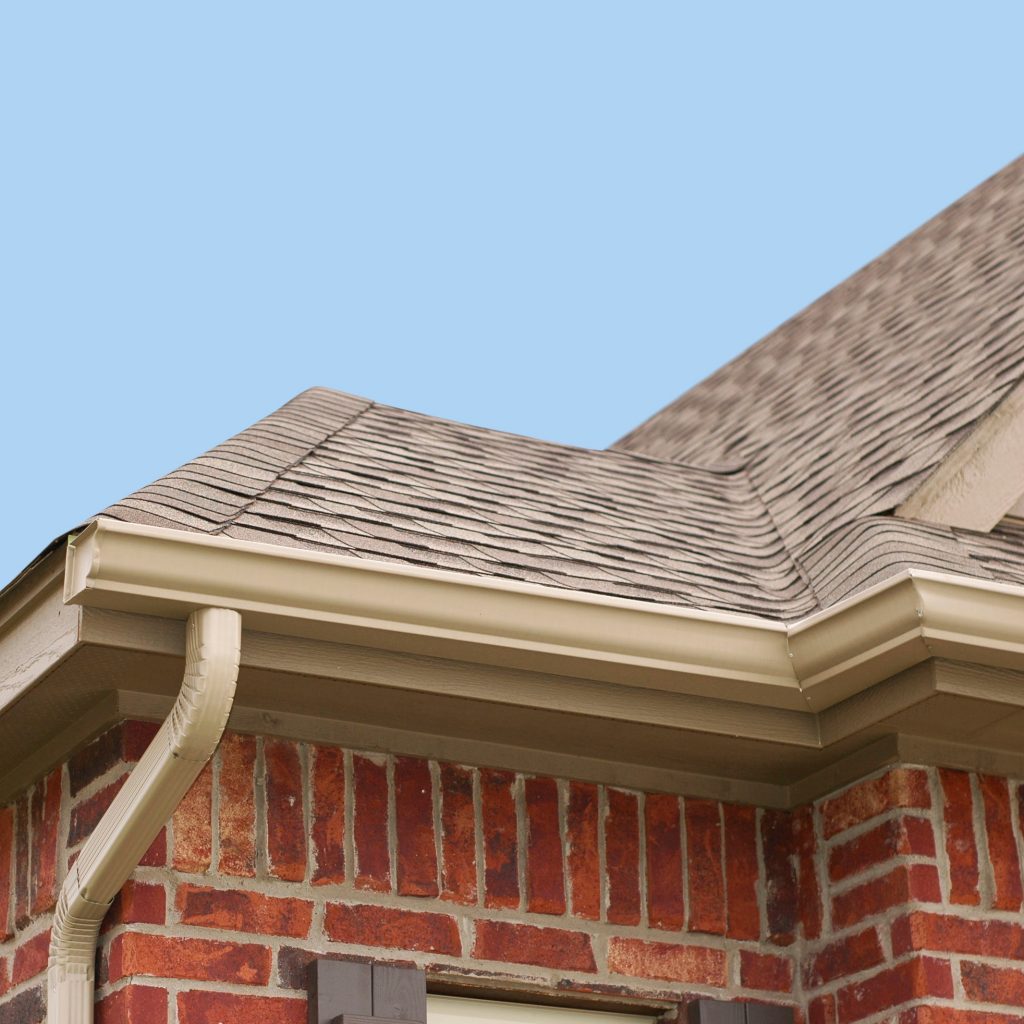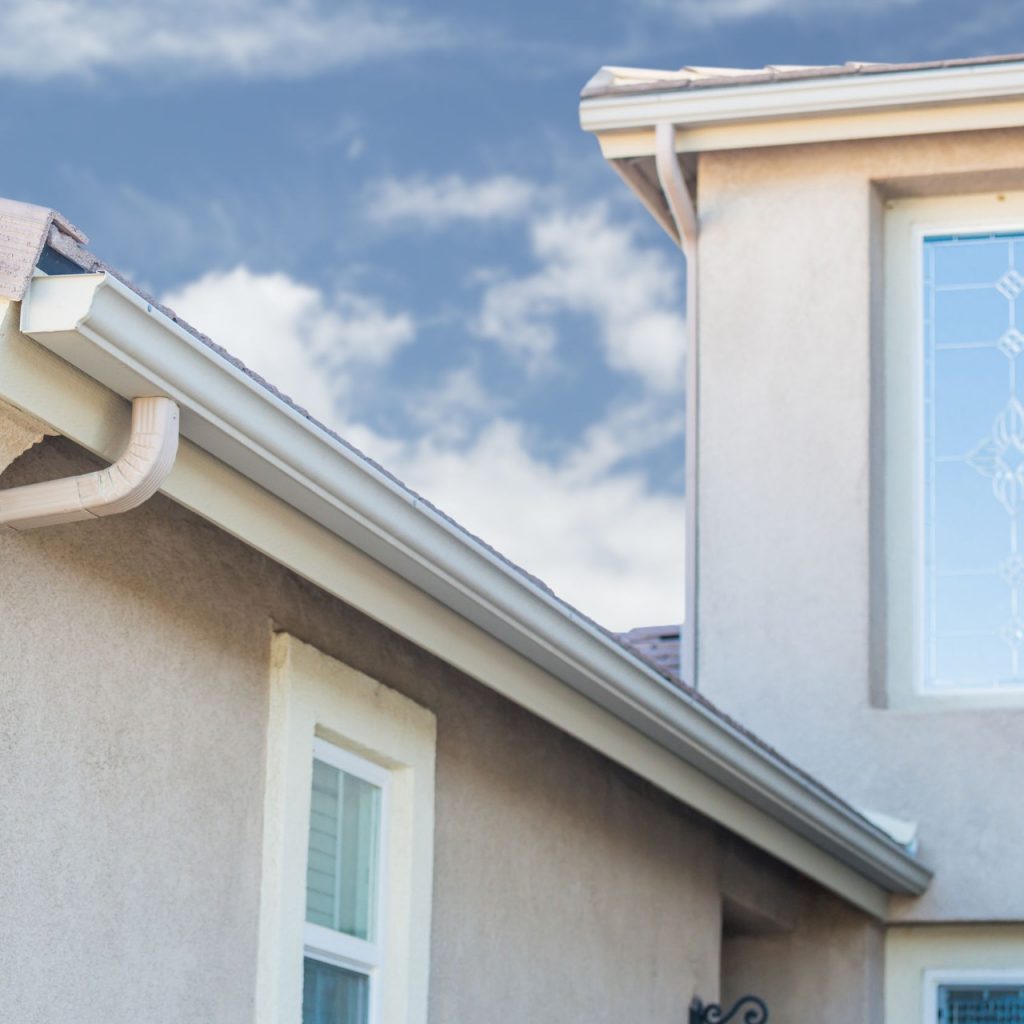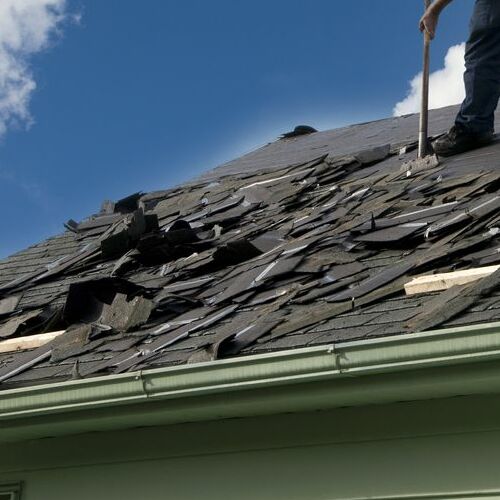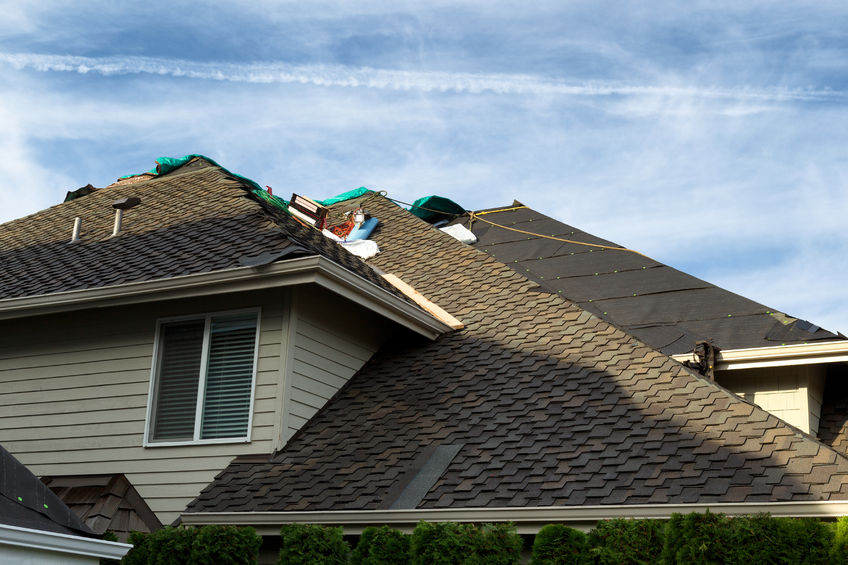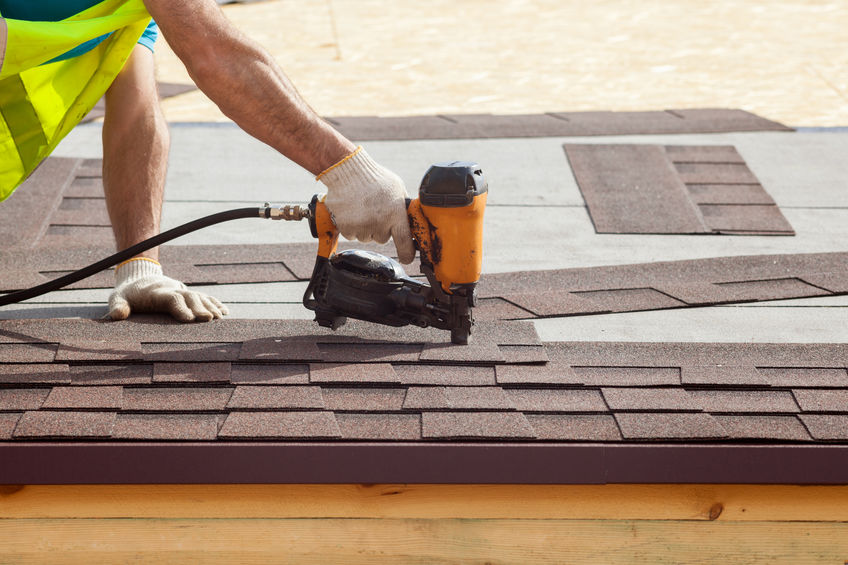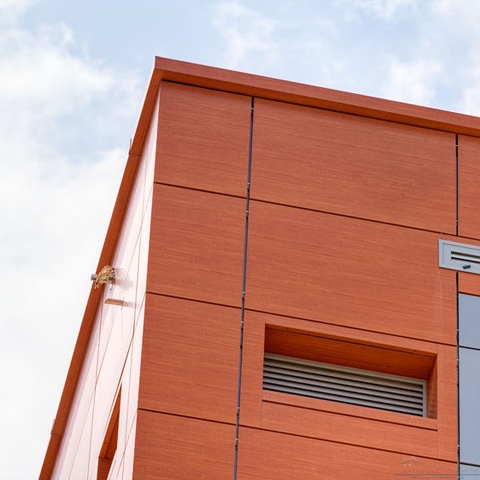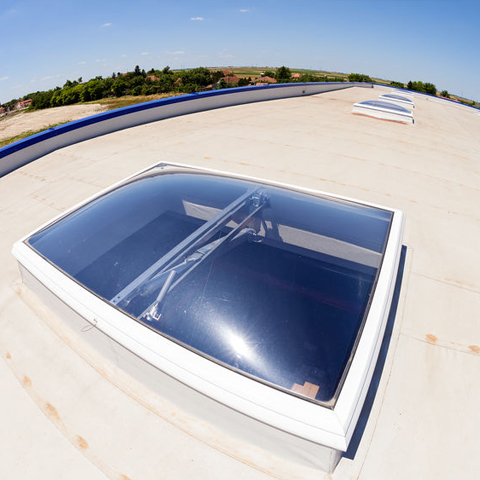
How Much Does Insurance Pay for Hail Damage on Roof?
Are you wondering how much insurance will pay for your storm and hail roof damage repair? It’s important to note that in many if not all cases, your insurance company will extend far less than requested for repairs. For example, if the repairs cost forty-thousand dollars, your insurance company may only give you fifteen thousand. In such cases, it is wonderful to have a professional roofing company on your side. They will be able to submit evidence on your behalf and argue with the insurance company so that you receive your justified coverage.
Should I Claim Hail Damage on My Roof?
If you currently have hail damage on your roof, it is urgent for you to contact a professional roofing company as soon as possible. A roofing project manager will have the correct experience to diagnose whether or not your roof damages are the result of wear and tear or storm damage. If your roof damage is the result of wear and tear, your insurance company will not relinquish funds to assist. That is why it is imperative that you schedule annual roof inspections. Catching a problem before it starts is a great way to keep your roof in optimal shape.
Do I Need to Replace My Roof After Hail?
Hail damage can be very damaging for your roof system. Even if you do not find immediate evidence of hail damage, your roofing underlayment can be seriously bruised. When you have a bruised underlayment, you could develop a roof leak much sooner rather than later. One of the chief reasons why you should get a roof replacement is if you have a roof leak. Roof leaks are extraordinarily detrimental to your home and to your roof system. With even a small increment of time, you can develop mold and mildew.
Does Homeowners Insurance Cover Hail Damage to Roof?
Are you wondering if homeowners insurance covers hail damage for your roof? If so, you will be pleased to note that most basic homeowners insurance policies do cover structural property damage. This extends to environmental hazards like hail. The provision that covers this is under the category of dwelling protection coverage, normally known as Coverage A.
Will Insurance Cover a 20-Year-Old Roof?
If you have a roof that is twenty or more years old, you will, of course, be interested in having your insurance cover any problems. This is a normal feeling. That is why it is important for homeowners to get routine roof maintenance and repairs whenever possible. Most homeowner’s insurance policies won’t cover damages that are a result of wear and tear. Neglect is most often stipulated as the reason why insurance companies refuse to help homeowners. While this may seem like an unfair premise, it’s worth remembering when you tangle with your insurance company.
What Hail Damage on a Roof Looks Like
Are you wondering what hail damage on a roof looks like? If you are a homeowner, it is important for you to have all the facts at your disposal. Please review the following list to discover more.
- When hail hits your roof the damage can be perceived as dark punctures.
- If you have asphalt shingles, then you will observe granule loss.
- If your asphalt shingles look shiny in areas, that will also be evidence of hail damage.
In order to properly diagnose your hail damage, please be certain to contact a professional roofing company.
Can Hail Damage Roof Tiles
Hail can be quite devastating to the surface of a roof. Hail is hundreds of balls of ice that come shooting out of the atmosphere. Hail will damage your roof, cars, and anything outdoors including patio furniture. It stands to reason that roof tiles will also be impacted, though possibly lesser so. If your roof tiles are clay or concrete, they will be more resilient than asphalt shingles.
Can Hail Damage TPO Roof
Do you have a TPO roof? If so, the damage to your roof will look different than it does on an asphalt shingle roof. According to a leading roofing material manufacturer, impact testing consistent with hailstones indicates a circular fracture pattern on TPO roofs. This kind of impact will be found on both TPO and PVC membrane top plys.

What is Hail Damage Roof
Your local, qualified roofer will know how to properly diagnose hail damage. It is important to remember several crucial ideas, however, Punctures, holes, and granule loss are all essential features of hail damage.
Please reach out to our professional roofing company today if you have a hail damage roof in Grain Valley and Kansas City, MO. We’d be happy to help you after you set up an appointment with us at our phone number, 816-896-4195.
